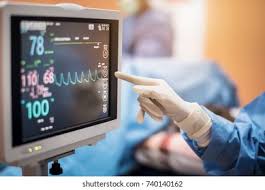



It involves creating an electrocardiogram (ECG or EKG), which records the electrical activity of the heart. It is a heart electrogram, which uses electrodes applied to the skin to create a graph of voltage versus time for the electrical activity of the heart. Each cardiac cycle results in the depolarization and repolarization of the cardiac muscle which is detected by these electrodes (heartbeat) Numerous cardiac abnormalities, including irregular heartbeats like atrial fibrillation and ventricular tachycardia, insufficient coronary artery blood flow like myocardial ischemia and myocardial infarction, and electrolyte problems like hypokalaemia and hyperkalaemia, cause changes in the normal ECG Pattern.
All accepted abstracts will be published in respective Allied Academies Journals.
Abstracts will be provided with Digital Object Identifier by
